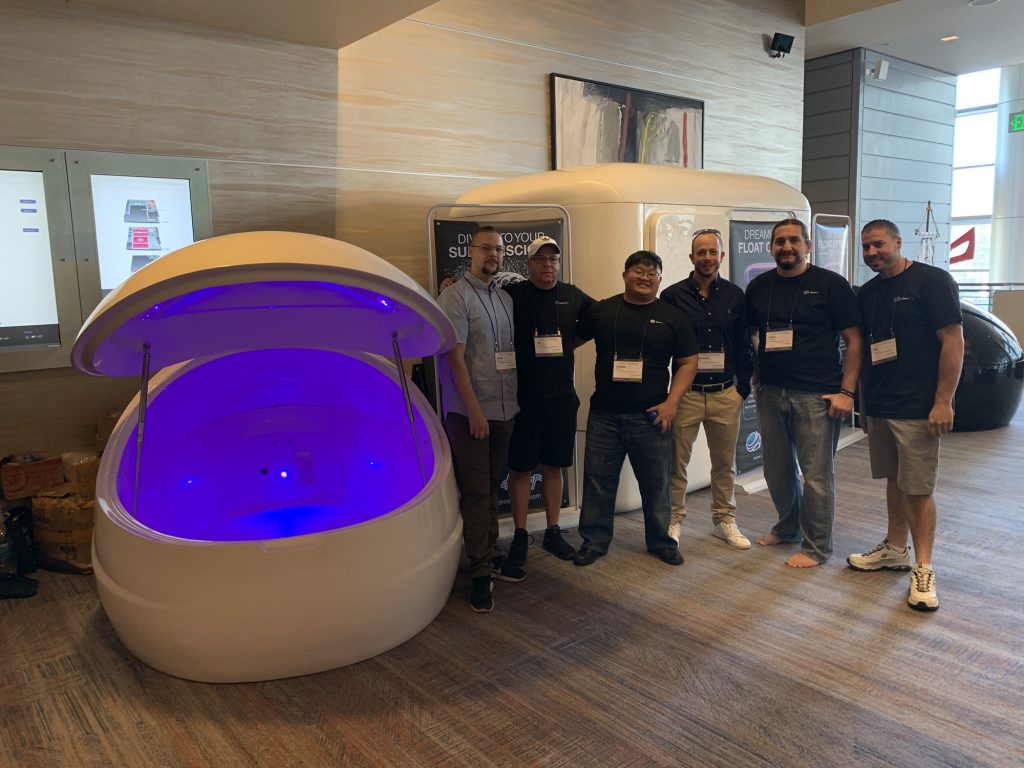Go placidly amid the noise and haste,
and remember what peace there may be in silence – Desiderata
In the 1970’s, at a cross-disciplinary group at Fraser University in British Columbia established the World Soundscape Project. The group, drawn from the fields of philosophy, sociology and art began collecting recordings of urban sounds, documenting natural soundscapes and seeking to discover how people react to various sorts of sounds encountered in their daily lives.
Perhaps the most controversial idea to come out of this early work in acoustic ecology was the idea that soundscapes and their effect on the listener can be diversely characterized. Natural sounds were noted as high fidelity, delicately balanced and pleasing to the ear while most human-created sounds were characterized by low band distortion, discordant noises, and the frequent cause of discomfort to the listener.
The writer Italo Calvino observed that the brain is like Kublai Khan, the great Mongol emperor of the thirteenth century. Messengers stream in from every corner of the sensory kingdom, bringing word of distant sights, sounds, and smells. The difference is that Kublai Khan was piecing together the past. The brain is describing the present—processing reams of disjointed data on the fly, editing everything down to an instantaneous now.
In fact, our daily lives are filled with the product of omnipresence of radio and TV chatter, to the extent that we have begun to diminished our sensitivity to hear, desensitizing our capacity to tune in, instead choosing to subconsciously filter what we allow into our awareness.
But this type of urban auditory self-defence has come at an evolutionary cost, and research has clearly established that as a species, modern city dwellers display a diminished auditory acuity to a level far below that of most primal cultures.
News of the WSP findings spread, and soon city ordinances were developed to limit dangerously loud sounds, and rules were put in place that saw developers erect highway sound screens to limit traffic noise and set aside places such as parks and quiet areas as ‘sound refuges.’
But the regulations have failed to keep up and the crescendo of discordant noise rises as we continue to ravage our natural green landscapes, replacing them with man-made, synthesized environments, filled with radio waves, electrical currents, and raised voices all competing to be heard, bouncing aimlessly around in surroundings of hard, reflective building materials.
We need relief, time to think far from the influences that tax our senses, saturate our minds and constantly compete for our attention.
You would consider then that any floatation tank design, with its controlled acoustic surroundings would provide such a sanctuary, and a perfect environment to introduce audio programs designed to further calm and re-educate the mind, would it not?
For the answer, we need to go back the writings of the Roman Architect Vitruvius. He was facing a perplexing problem – how to reduce the level of unwanted sounds in the Roman and Greek theaters of the time. He already possessed a remarkable understanding of acoustics, learned when he was observing the impact of a stone tossed into still waters.
Its concentric waves spread across the surface till they met an opposing force. Analogous to sound waves, they propagated, reflected and in the case of a hard surface, collided back upon themselves just like in a swimming pool, creating dissonance and aberrant patterns that masked and disturbed the original waves.
Vitruvius noted that these reflected waves created interference to the source, making the original wave less defined and in the case of audible waves, made speech difficult to understand.
His solution was to design curved walls instead of squarely opposing and he recommended the inclusion of resonating bronze vessels spatially arranged in the square theaters so as to break up these reflected waves.
Of course, none of this would be at all relevant in the overall design of float tanks – they all do much the same thing – unless you consider introducing anything other than simple MP3 music tracks to the floating session.
Let’s face it, the float industry is on the cusp of a new wave – ‘active’ or managed floating, where audio sessions are now included in the session that are supposedly change behavior or enhance performance. And suddenly, the shape of the vessel or float chamber becomes an issue.
Water is a fourfold better conductor of sound (depending on temperature) and sound favors a lack of square symmetry, oblique curves over flat. The perpendicular, opposing surfaces of the square float chamber or room can create standing waves that cancel and interfere with quality of speech, and attenuate the subtle frequencies that may be included in these add-on programs.
The result is that effectiveness can be limited by unsuitable design. These issues could possibly be overcome by redesigning walls that include fins or surfaces that include undulations similar to acoustic tiles used in sound studios but further research would be needed.
Meanwhile, tanks such as the Dreampod involve sweeping curves in the walls, specifically designed to limit auditory disturbance and provide an optimized environment for experiencing supplementary programs and underwater acoustics while floating.
Using modified sound waves inherent in the DreamScapes Elements programs, the unique Dreampod design actually helps to modulate the sound waves, the tank itself acting as a listening chamber that works like an active speaker system.
Further, assisted by a sophisticated on-board computer system, the Elements programs contain unique control tracks that transform the water into a biologically active environment and manages the active float experience in a way that is simply impossible with other designs.
Further Reading On The Topic:
http://www.dosits.org/science/soundsinthesea/airwater/
https://en.wikipedia.org/wiki/Underwater_acoustics





